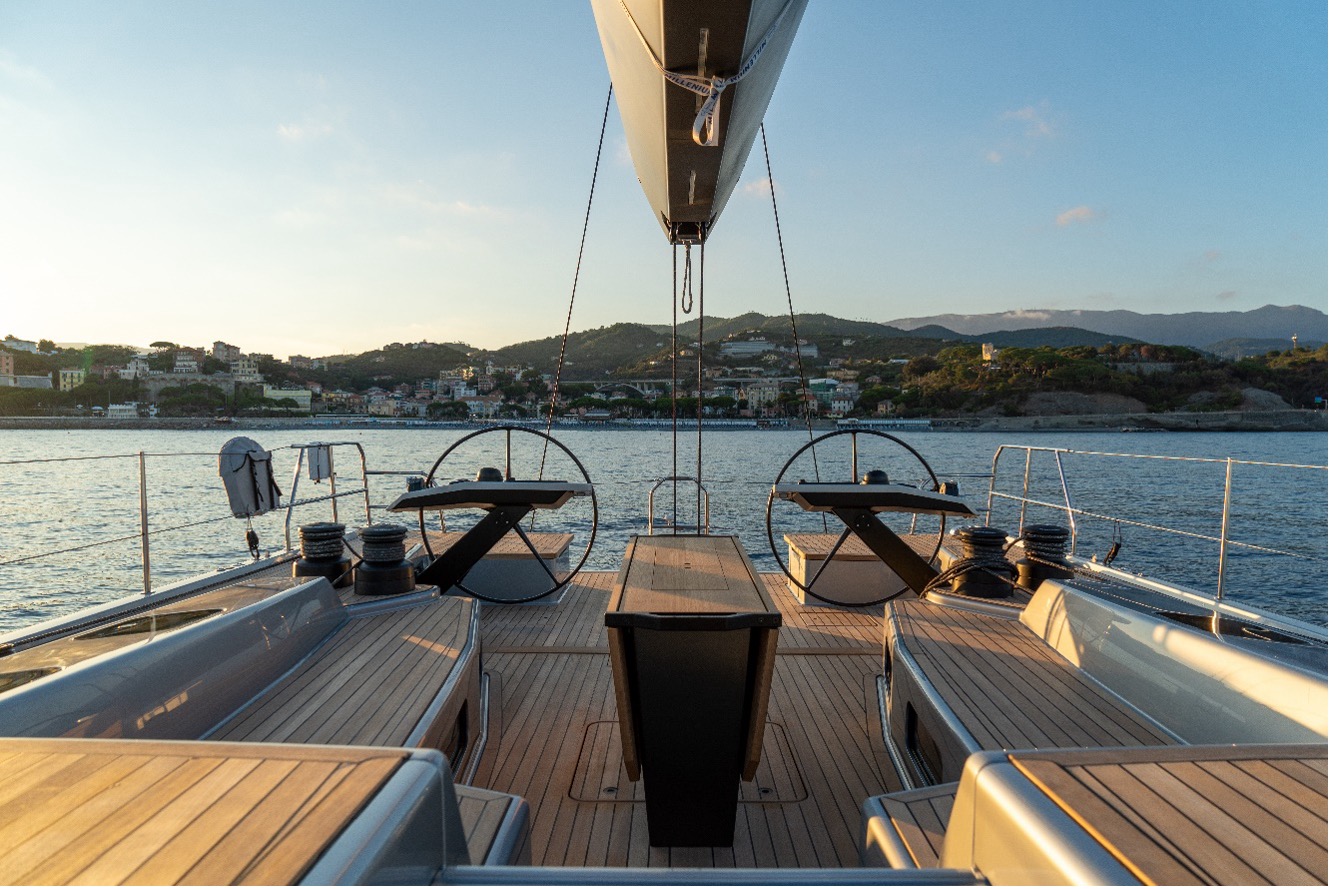A proper use of Vhf radio is first of all a safety matter and the respect of few basic rules also contributes to describe our education and nautical culture.
It will certainly have happened to everyone, especially in summer, to listen to everything on channel 16: long conversations occupying the emergency channel, background music transmitted by putting the microphone close to the stereo, teasing and quarrels, all to the detriment of those who should use this channel for more serious reasons.
The rules we must respect are few. The first one is also the most ignored: while the ship is sailing, Vhf must be on and tuned on channel 16. This is an important rule for our own and other people’s safety.
Channel 16 is in fact an emergency channel which must be used to send help messages and it must be always open.
If you don’t know which is the channel of the station you are calling (a harbour, another boat, a ship), you must first call channel 16 and then, after the first contact, the desired channel.
Vhf is not a telephone, so the call must follow a precise and concise procedure. The correct way to make a call is to repeat the name of the called station and his own one three times. For example : “ Red boat, red boat, red boat, here green boat, green boat, green boat, change”.
Today, nobody repeats the station’s name three times. But two times are necessary and usual.
If you receive no answer, rules and good manners force us not to persist on the microphone. You must wait two minutes before making the second call and other two minutes for the third one.
In theory, for the fourth call, you should wait 15 minutes, but it is not a problem if you try after only few minutes.
On channel 16 you can also send storm or ceased storm notices, messages to sailors, bulletins, help and safety messages, such as mayday or pan-pan signals.
The service is extremely important. And the respect of it is another important rule sailors should observe. The navigation code establishes that in the first three minutes of every half-hour, sailors must respect total silence on channel 16. For example: from 08:00 to 08:03 and from 08:30 to 08:33 and so on every 30 minutes. This way, everyone in trouble can use this time to send his help message.
Anyway, communications must always be short and concise and they must not include false or deceptive messages. Phonetic alphabet must be used for acronyms and spellings. For example, the word ALFA will be said this way: Alfa – Lima – Foxtrott – Alfa.
Vhf must be used also for mayday signals in case of extreme danger for people or for the boat itself.
They must be sent on channel 16 only by the captain or under his authorization, by repeating the word mayday, pronounced in French, three times: “medé medé medé, here white boat, position…., emergency reason, number of people on board”.
The receiver must use Vhf radio if he thinks to be close to the boat in trouble; law and morality oblige him to give help. He must repeat the name of the boat in trouble three times, his own name three times and then “ mayday received”.
If, on the contrary, you think a mayday message has not been listened, you can act as “bridge”, by transmitting a mayday relais : Medé relé, medé relé, medé relé…” followed by the received help message.
The urgency call or pan must be sent if there is no danger for human life or the boat but it is a demand for urgent help anyway. It must be transmitted the same way than maydays.
A securité is usually transmitted by ground stations to send notices about something which could compromise sailing, such as storm notices or other important news.
An advice, not a rule: fixed Vhf radios are 25 W, all necessary to cover the maximum 10-mile range. But if you want to make a short range communication, for example with a coast or a near boat, it is better to reduce the emission to 1W. This way, you will save your batteries and the other communications will be not disturbed.
























